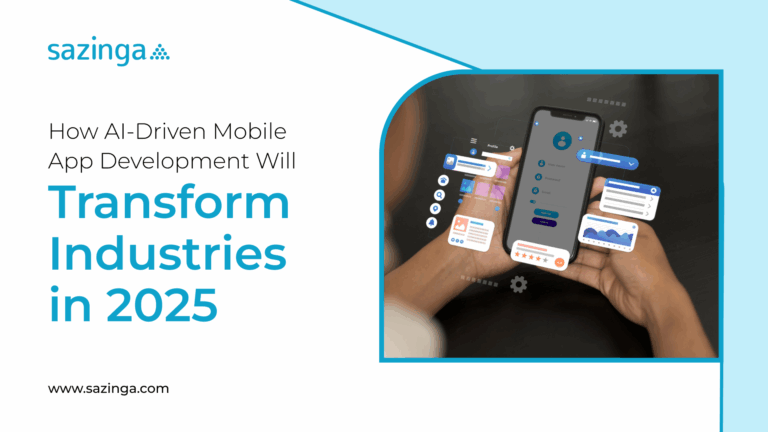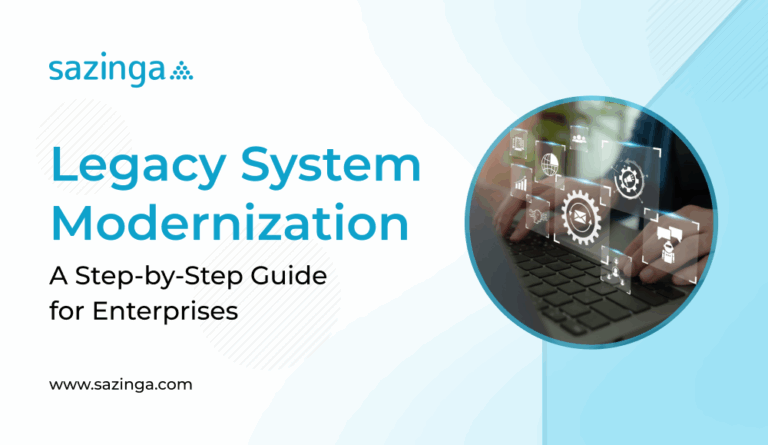SDLC: Phases & Models of Software Development Life Cycle
The SDLC is a repeatable and measurable process of building products and services. Product development begins with research and understanding customer needs, market analysis, and problem solving. Next, the business plan is created and evaluated. This is followed by the production of the product or service, testing for quality assurance, deployment, and maintenance. Using this disciplined approach to software development can help ensure that you’re building a product that has a high-quality user experience undefined.
This blog talks about everything that you need to know about SDLC or software development life cycle. What are the steps, why is it beneficial, why most enterprises go with SDLC and what are the phases and models of SDLC.
Software Development Life Cycle
The Software Development Life Cycle is the process typically used by developers to create a piece of software from start to finish. It typically includes many iterations that include analysis, design, coding, testing, and deployment. The Software Development Life Cycle (SDLC) is a methodology that provides a framework for the development of software. It has several stages, each with its own objectives and activities. The SDLC can be applied during the early conceptualization stage of a project, as well as during the detailed design stages.
Advantages of SDLC
The advantages of using an SDLC process is that it can help you reduce the time and cost of development by identifying project risks years before they occur. It also lets you define a clear vision for your project from the start. This way, if people get pulled away or new team members join, they know exactly what to work on. It’s a great way to do an overall audit of everything that needs to get done and keep track of how much work has been completed. SDLC is a software development process that’s structured to be easy to understand. It’s made up of six phases: plan, design, develop, test, deliver, and support. SDLC can help ensure that the software you make is successful because it outlines how to make sure the project meets user needs and works as expected.
Disadvantages of SDLC
There are some disadvantages to using an SDLC. It tends to be more expensive than other types of development, and the process takes longer. This is because instead of getting a solution implemented in days or weeks, you might only get it in months. Another disadvantage is that it’s hard to test with users before you release the system which means there is more room for error. It is not a foolproof process and may be more expensive than other methods. In addition, there is a greater degree of dependencies, making it harder for teams to work independently.
You may also see problems with the length of time it will take to complete a project.
What makes SDLC model work?
The SDLC model is a proven framework that provides a systematic and structured approach for developing software. The traditional project often begins with requirements gathering, then moves on to design, coding, testing, and rollout. SDLC model is a software development process model. Contrary to popular belief, SDLC does not stand for “Systems Development Life Cycle”. SDLC is a model that’s designed to have phases based on the project’s needs. At first, the business decides what is needed and turns it into a scope document. This document includes all of the functional and non-functional requirements for the project. The client and the team then decide on a timeline for tasks. As each phase is finished, deliverables are given to the client and feedback and revisions are made as necessary before moving onto the next phase of development.
How to use SDLC in software development?
SDLC is a software development process that has been designed to organize and manage the steps needed to develop a system. It is made up of phases such as initiation, analysis, design, construction, testing, deployment and operations. Each phase contains its own activities and milestones. Once you complete all the phases in SDLC successfully, your system will be ready for use. This process includes 7 different phases:
1: Planning.
2: Requirements Analysis.
3: Design.
4: Coding.
5: Testing.
6: Deployment.
7: Maintenance.

The five phases are: Requirements, Design, Implementation, Testing and Maintenance.
One of the SDLC phases is called the design phase and it’s when the client and programmer figure out what needs to be done and how it can be done.
Conclusion
It is very important to follow the SDLC phases in order to minimize risks. It is also helpful to follow best practices which can be found on websites like this one.







